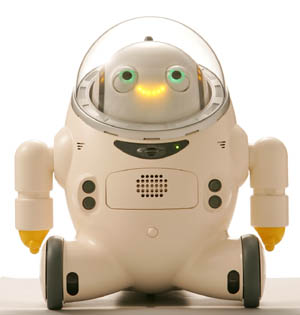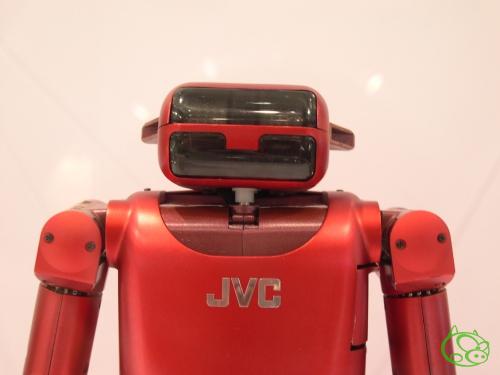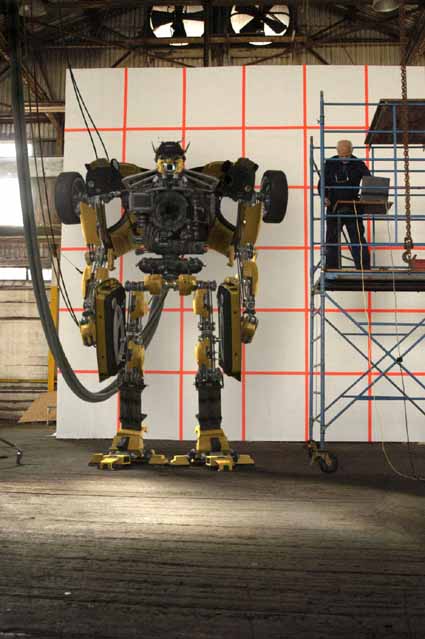Wired 12.07: The Humanoid Race
Machines are getting more and more like the rest of us. A piece-by-piece guide to the globe’s most advanced bots.
Issue 12.07 – July 2004
By Robert Capps
It was an astounding request. A year ago, neuroscientist Mitsuo Kawato called on the Japanese government to commit 50 billion yen ($446 million) a year for the next three decades. The dream: an Apollo-like program to build a robot with the mental, physical, and emotional capabilities of a 5-year-old child. Kawato called his plan the Atom Project, named for the popular postwar cartoon Tetsuwan Atom (known as Astroboy in the US), the story of a superhero boy robot.
Today the Atom Project remains little more than an audacious proposal. But the science behind it is quite real. With each advance in computing speed, battery capacity, camera and motor miniaturization, and software capability, the world grows closer to the ultimate goal of robotics: a walking, talking, feeling android worthy of our cinematic inspirations.
Consider the progress of just the past 15 years. There are now robots that can get around on two legs, participate in simple conversations, and manipulate objects in rudimentary ways. Of course, we don’t yet have a bot that can navigate downtown Manhattan, tie its shoelaces, or even tell a chair from a desk. MIT’s Cynthia Breazeal holds out hope that within five years, robots will cross a critical threshold, becoming partners rather than tools – in other words, we’ll have friends, not appliances. And while there are a number of extremely complex problems to solve before we can make something as advanced as Sonny, the star of I, Robot, we’re getting there, one piece at a time. To find out where the state of the art lies, Wired surveyed the projects that might one day add up to an android just like the rest of us.
MUSCLES
TRON-X: Festo AG specializes in assembly-line robots – the kind that build cars, construct PCs, and pack microwave dinners into little cardboard boxes. To show off its skill at building air-powered machines, the company made Tron-X, an android given life by 200 pneumatic cylinders. By finely controlling the air pumping through Tron-X’s tubes, operators can command it to dance, change facial expressions, and make complicated hand gestures.
[…]




